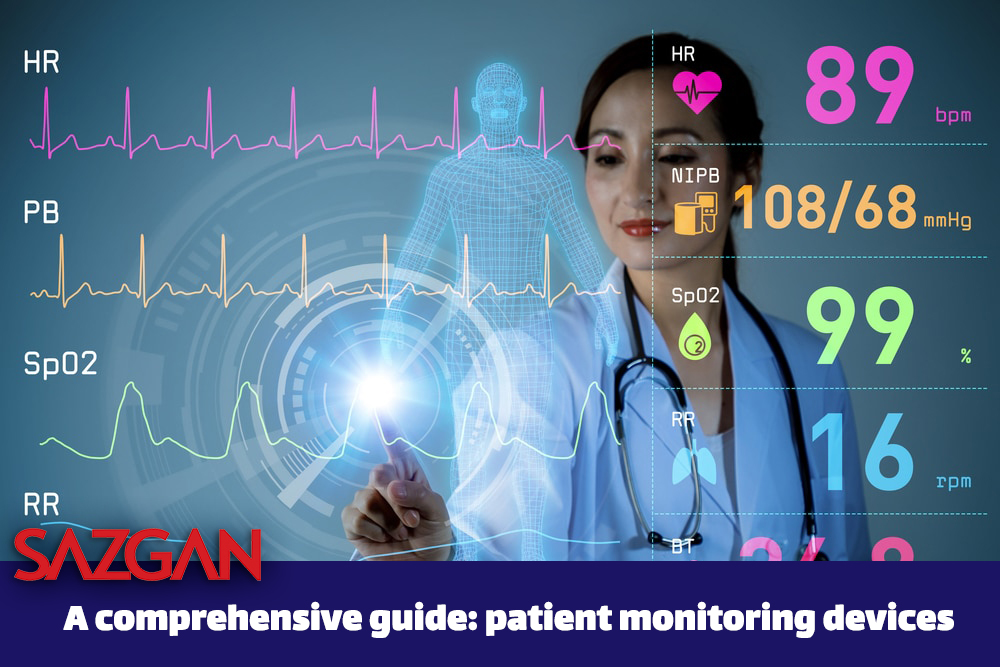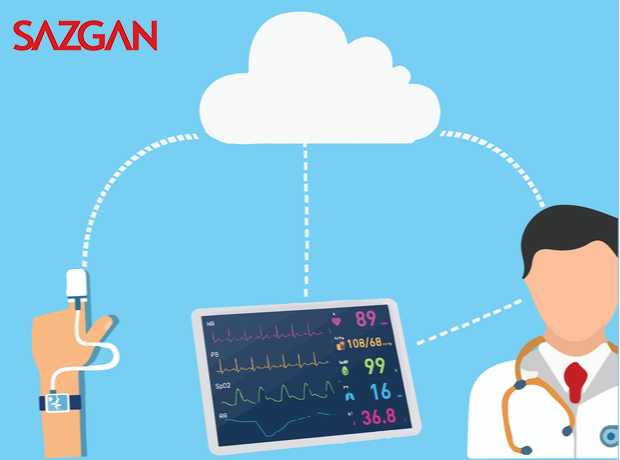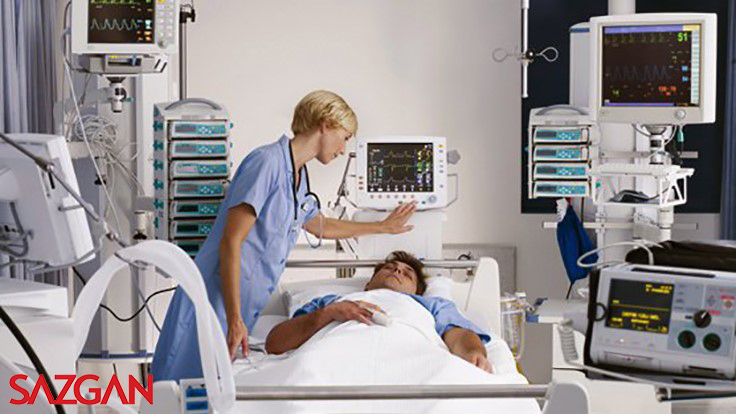
A comprehensive guide: patient monitoring devices
In hospital wards, most physiologic indicators, such as vital signs or activity, are continuously or frequently checked a few times per day. Because small changes in vital signs are frequently present 8 to 24 hours before a life-threatening event, such as intensive care unit admission or cardiac arrest, patient monitoring devices have the potential to detect clinical deterioration at an earlier stage, allowing physicians to intervene.
What are Patient Monitoring Devices?
Patient monitoring devices are any set of systems and/or processes that enable healthcare providers to monitor a patient’s health.
Patient monitoring devices are classified into two kinds:
Single Parameter Monitoring Systems: These patient monitoring device measure only one of these items: the human body’s blood pressure, SpO2, ECG, and so on.
Multi-parameter Monitoring Systems: These systems monitor many essential physiological vital indicators such as breathing rate, electrocardiogram, blood pressure, and so on. There are various varieties of Multi-Parameter (or Multi Para) patient monitors, such as 2 Para Patient Monitor, 3 Para Patient Monitor, 5 Para Patient Monitor, and 7 Para Patient Monitor.
What are the Components of a Patient Monitoring Device System?
Each patient monitoring device may be unique; for example, a pulse oximeter will not be built in the same way as a glucose monitor. A patient monitoring system’s components, on the other hand, are divided into three broad categories: the actual patient monitoring accessories, medical equipment, and software.
Patient Monitoring accessories
Although the term “patient monitoring device” refers to the entire monitoring system, the piece of equipment that comes into touch with the patient might be referred to as the patient monitoring accessories for clarity. The patient monitoring accessories typically includes a sensor for collecting vital patient information and an interconnect solution for transmitting the data to the medical equipment.
The patient monitoring accessories component in a pulse oximeter, for example, is the piece that clips to the patient’s finger and senses and communicates their pulse to the medical equipment.
The medical Equipment
The patient monitoring accessories collects vital patient data, which is subsequently transmitted to the equipment for processing, storage, and display. Medical equipment is the equipment that processes, saves, and displays this data.
Most patient monitoring equipment employs a complicated connecting system of connectors, PCBs, and wire harnesses, as well as some type of screen/monitor where data is shared in a usable format. A patient monitoring system’s equipment includes a computer screen that displays information from a patient’s ECG Waveform and etc.
The Software
The patient data must be processed after it has been transmitted from the accessories to the medical equipment. While the hardware collects data, the software makes it usable. Any patient monitoring device relies on the drivers, applications, and programs that process, store, and graphically convert data.
.
Uses and Applications of Patient Monitoring Device Systems
Patient monitoring devices are utilized in a variety of applications.
Patient monitoring devices are critical to any surgical procedure performed within hospital or clinical boundaries. To reduce the danger of something bad happening during an operation, the surgeon must have constant access to the patient’s vital signs. A thermometer to track a patient’s temperature, a pulse oximeter to measure oxygen levels, a capnography machine to monitor CO2 levels, and a sphygmomanometer to assess blood pressure are all common in an operating room.
Many of these same monitoring devices are used by doctors, nurses, and other healthcare personnel after an operation to ensure that post-operative recovery goes successfully.
Patient monitoring devices play a critical role in patient care. Consistent technological advancements not only assist us in transmitting critical physiological signals to healthcare staff but also simplify the assessment, resulting in increased patient monitoring efficiency. Multi-parameter patient monitoring devices communicate vital data such as electrocardiograms, respiration rate, blood pressure, pulse oximeter and so on.
The medical treatment administered in the intensive care unit necessitates continuous monitoring of patients. Patient monitoring devices enable continuous visibility of the subject’s physiological condition and provide quick therapy when necessary for constant patient observation.
5 Signs to Trust Patient Monitoring Device Suppliers
When researching patient monitoring devices for your medical facility on the internet, the options and information available can be overwhelming. Related: Other Patient Monitoring Systems in the Market.
With healthcare expenses growing, you don’t want to pay exorbitant charges, but in most circumstances, choosing the wrong supplier can be far worse than spending an initial premium. Here are five indicators you can strike a balance with and choose equipment that will improve your practice and patient care.
Longevity
Look for companies that have been producing or supplying vital signs and patient monitoring devices for more than a decade. There is a steep learning curve, and it takes time for new suppliers to navigate and iron out the rough edges. Many do not survive in space. You want a supplier who will be around for years after you make your initial purchase.
Warranty
Is the supplier’s product guaranteed? What is their return policy like? What kind of warranty do they provide?
Service and Support
What kind of service and assistance are offered? Call them and talk to them. Are they available to fit you with the proper products, assist you through the installation or setup process, and provide quick post-sale customer service and technical support? These are not the kinds of items that can be classified as commodities.
Inventory and Parts
Is your supplier stocked with parts and accessories to support your everyday operations and keep your hospital running? Even the best products require maintenance, new attachments, and replacement components or units at some point. Is your vendor prepared to ship these critical items at any time?
Specialization
Is your supplier offering you and your patients products that meet your demands while staying within your budget? Are they appropriate for your workflow and the processes and services you provide? Is your supplier aware of what you do?
October 27, 2022


